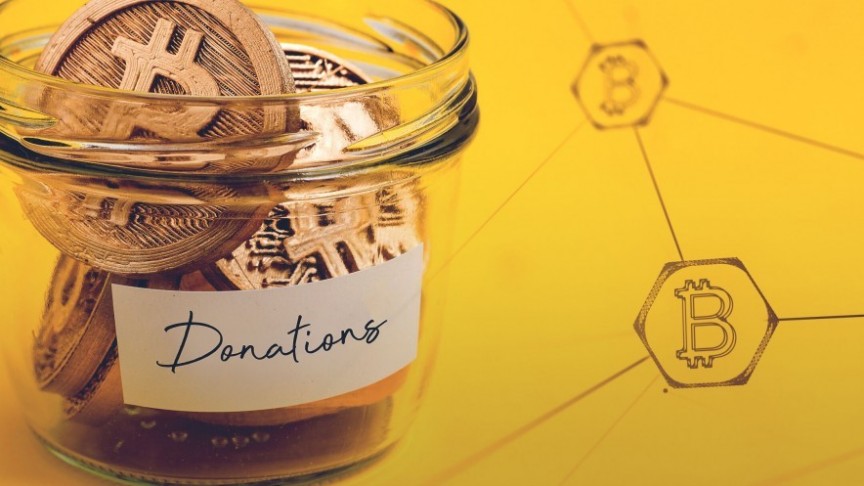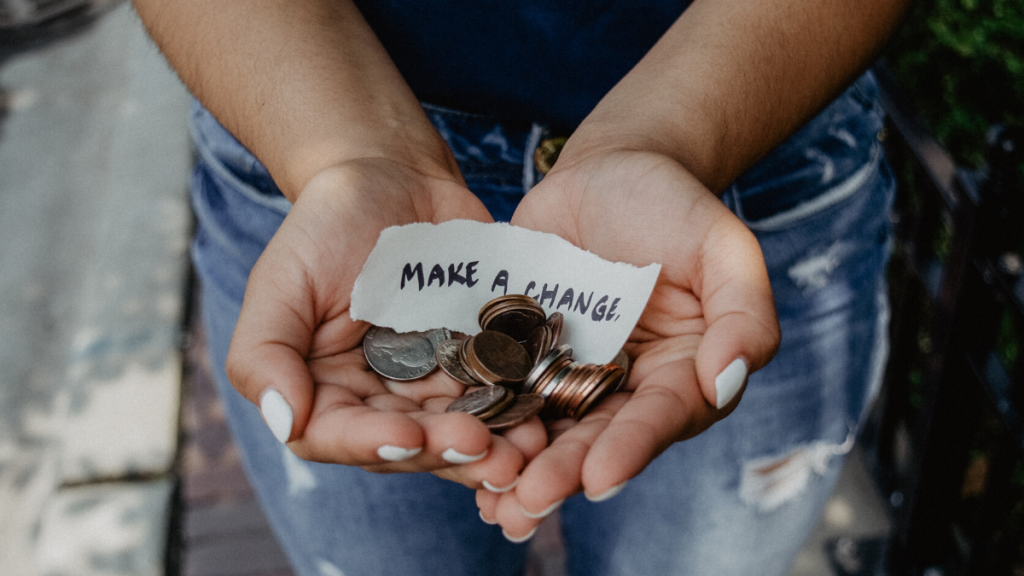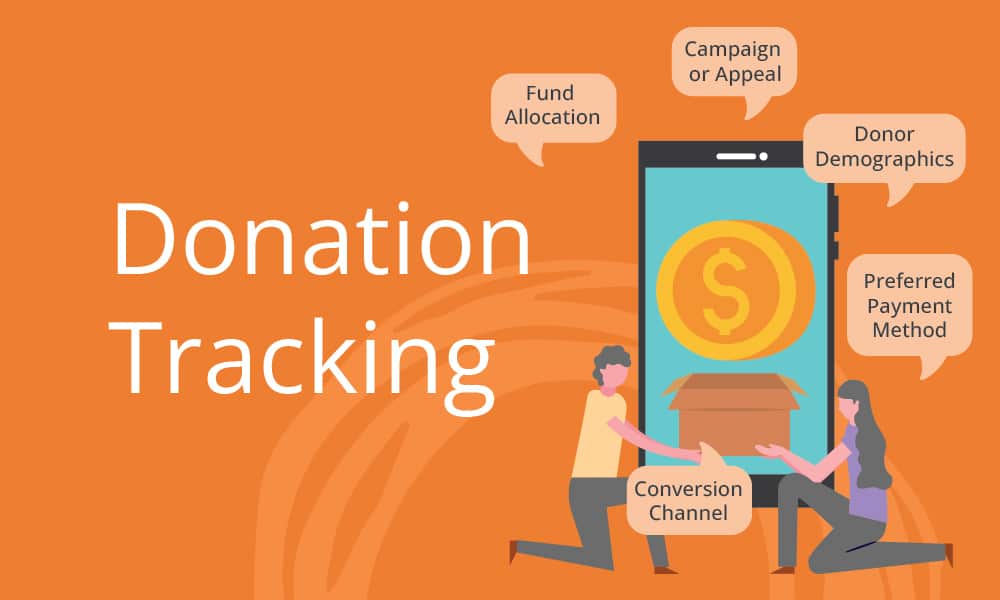Crypto and Charity: How Blockchain Is Transforming Giving

Crypto and Charity: How Blockchain Is Transforming Giving is an exciting look at how new technology is changing the old ways we help people. For years, people gave money to charities by cash or banks. Now, many donors and groups use crypto like Bitcoin or Ethereum to raise funds and help those in need. This huge shift brings good changes — faster donations, open records, fewer fees — but also risks and questions. This simple guide explains how crypto giving works, who uses it, real stories, key features, tips, and what you need to know if you want to join this new world of helping.
Introduction: Crypto and Charity
Crypto and charity: how blockchain is transforming giving shows how digital money and blockchain technology are changing the way we help others. From instant donations to global reach, crypto is opening new doors for charities and donors.

What Is Blockchain and How Does It Work in Charity?
- Blockchain is a digital ledger that records transactions securely and transparently.
- When you give crypto to charity, your donation is recorded on the blockchain.
- Anyone can check the record to see where the money went, making fraud harder.
How it works:
- Donors send cryptocurrency (like Bitcoin or Ethereum) to a charity’s wallet.
- The transaction is recorded on the blockchain.
- Charities use the crypto or convert it to cash for their projects.
- Donors and the public can track the donation in real time.
Why Talk About Crypto and Charity: How Blockchain Is Transforming Giving?
More people ask: How can crypto help people in need? Many donors want to give directly, quickly, and safely. Many charities want less paperwork and more trust. Crypto and Charity: How Blockchain Is Transforming Giving shows how these ideas meet.

Key Features of Crypto and Charity
- Transparency: Every donation is recorded and visible.
- Speed: Crypto transfers happen in minutes, not days.
- Global reach: Anyone can donate from anywhere in the world.
- Lower fees: Fewer middlemen mean more money goes to the cause.
- Anonymity: Donors can give privately if they choose.
- Smart contracts: Automate donations and release funds only when conditions are met.
- Micro-donations: Small amounts can be sent without high fees.

How Blockchain Improves Giving
Crypto and Charity: Faster and Cheaper Donations
- Traditional donations often take days and lose money to fees.
- Crypto donations arrive quickly and cost less to process.
Crypto and Charity: More Trust Through Transparency
- Donors can see exactly where their money goes.
- Charities can prove they used funds as promised.
Crypto and Charity: Reaching the Unbanked
- Many people in poor countries have no bank account but can receive crypto.
- Crypto can help in emergencies, like natural disasters, when banks are closed.
Crypto vs Traditional Charity: Comparison Table
| Feature | Crypto Charity | Traditional Charity |
|---|---|---|
| Speed | Minutes | Days or weeks |
| Transparency | High (blockchain records) | Medium (annual reports) |
| Fees | Low | Medium to high |
| Global access | Yes | Sometimes limited |
| Anonymity | Possible | Rare |
| Tracking donations | Real-time | Delayed or limited |
| Regulation | Still developing | Well established |

Case Studies: Real-World Impact
Case Study 1: The Pineapple Fund
A Bitcoin millionaire donated over $55 million in Bitcoin to 60 charities worldwide, showing how crypto can enable large-scale giving.
Case Study 2: Save the Children
Save the Children accepts crypto donations and used them to fund projects in Africa and Asia, helping more children faster.
Case Study 3: GiveDirectly
GiveDirectly uses crypto to send money directly to people in need, especially in areas with no banks. This helps families recover from disasters.
Case Study 4: The Water Project
The Water Project uses blockchain to track donations for clean water projects, letting donors see the impact of their gifts in real time.
Case Study 5: Binance Charity Foundation
Binance’s foundation uses blockchain for transparent giving, publishing every donation and expense online so anyone can check.
Case Study 6: Ukraine Crypto Donations
During the 2022 conflict, Ukraine received millions in crypto donations for medical aid and supplies, showing crypto’s speed in emergencies.
Case Study 7: CryptoRelief India
CryptoRelief raised over $400 million in crypto to fight COVID-19 in India, funding oxygen, medicine, and more.
Case Study 8: UNICEF Crypto Fund
UNICEF accepts and uses crypto to fund open-source tech for children, pioneering blockchain use in global charities.
Crypto and Charity: How Blockchain Is Transforming Giving — How It Works
Blockchain is like an online ledger. Every transaction is a block. Once it’s there, everyone can see it but no one can secretly change it. This builds trust. A charity can share its wallet address. Donors send crypto. Anyone can check the wallet to see how much money came in or went out.
Pros and Cons Table
| Pros of Crypto Charity | Cons of Crypto Charity |
|---|---|
| Fast, global donations | Crypto price can change quickly |
| Transparent and trackable | Not all charities accept crypto |
| Lower fees, more money to cause | Regulation is still unclear |
| Private giving possible | Some scams or fake charities |
| Helps unbanked people | Tech skills needed for some users |
Why Crypto Helps in Crisis
Crypto and Charity: How Blockchain Is Transforming Giving matters most when disasters strike. Banks can be closed. People may flee their homes. Crypto can move across borders fast without permission.
How People Give Crypto
- Direct wallet transfer: Donor sends coins to the charity’s address.
- NFT donations: Artists donate sales to causes.
- Smart contract giving: Rules run automatically.
- DeFi donations: Donors earn interest then donate.
- Crypto fundraisers: Groups raise money together.
Tips for Donating Crypto Safely
- Check the charity: Make sure it’s real and accepts crypto.
- Use official wallets: Only send to addresses from the charity’s website.
- Keep records: Save your transaction ID for proof.
- Watch for scams: Double-check addresses and never send to unknown people.
- Ask about tax: Some countries offer tax breaks for crypto donations.
- Start small: If you’re new, try a small donation first.
- Understand volatility: Crypto prices change fast, so your donation’s value may shift.
- Use trusted platforms: Some sites help you donate crypto safely to many charities.
Crypto and Charity: How Blockchain Is Transforming Giving — Legal Questions
Some countries don’t allow crypto donations. Some charities must turn crypto into cash fast to pay for work. Rules about crypto giving taxes are different in every country. Always check local laws.
Frequently Asked Questions (FAQ)
1. What is crypto charity?
It means donating cryptocurrency to support a cause or charity.
2. Is crypto giving safe?
Yes, if you use trusted charities and platforms.
3. Can I get a tax receipt for crypto donations?
Some charities offer receipts, but check your local tax laws.
4. Why use crypto for charity?
It’s fast, transparent, and can reach people worldwide.
5. Can I donate small amounts?
Yes, crypto allows micro-donations with low fees.
6. What if the crypto price drops?
Charities may convert crypto to cash quickly to avoid losses.
7. Are all charities accepting crypto?
No, but more are adding this option every year.
8. Can I donate anonymously?
Yes, many platforms let you give without sharing your name.
9. How do I know my donation is used well?
Blockchain lets you track your donation in real time.
10. What are smart contracts in charity?
They are programs that release funds only when certain goals are met.
How Crypto Giving Could Grow
Experts think crypto charity will grow because:
- Younger donors like new tech.
- Transparency builds trust.
- It helps fast in emergencies.
- Smart contracts can run fair giving.
Possible Risks
But there are risks too:
- Crypto prices can crash fast.
- Some people can’t use crypto yet.
- Scams exist — fake charities trick donors.
- Legal rules are still new.
Conclusion
Crypto and charity: how blockchain is transforming giving is about making donations faster, more transparent, and more global. Blockchain helps donors trust that their gifts reach the right people and lets charities help more people, faster. As crypto grows, so will its power to do good around the world.




